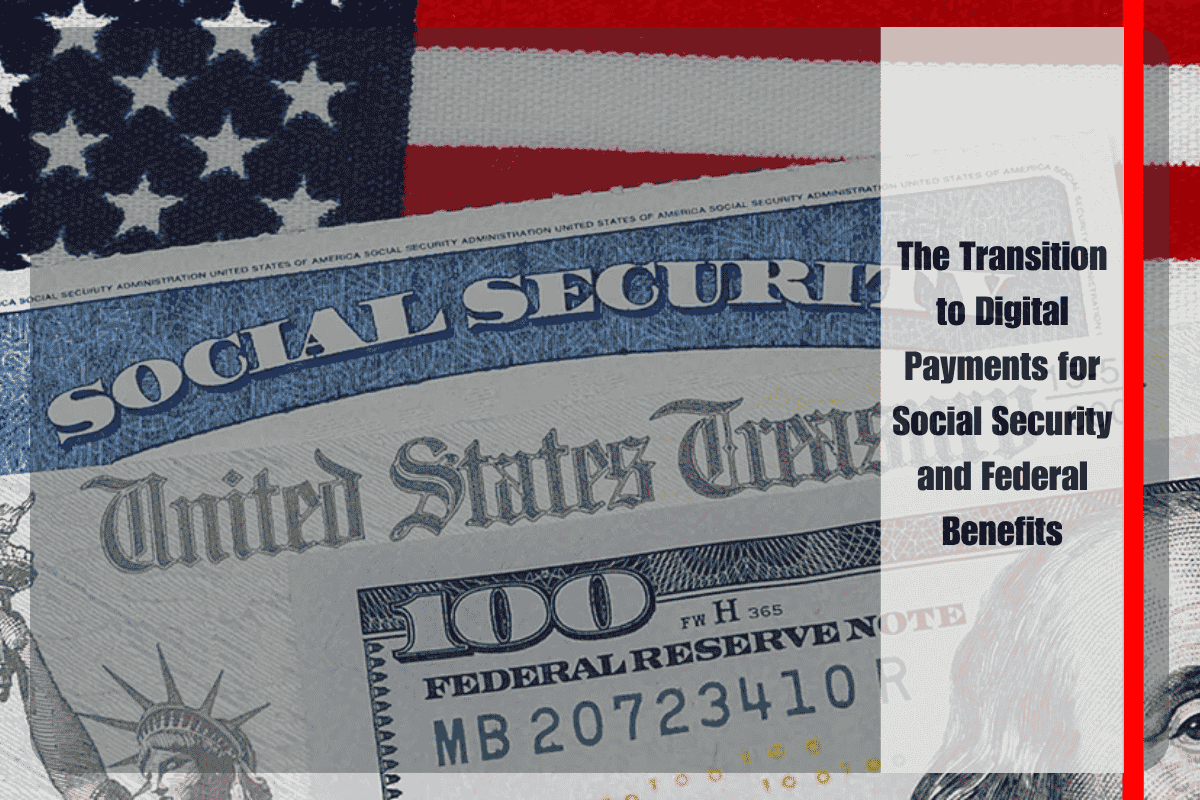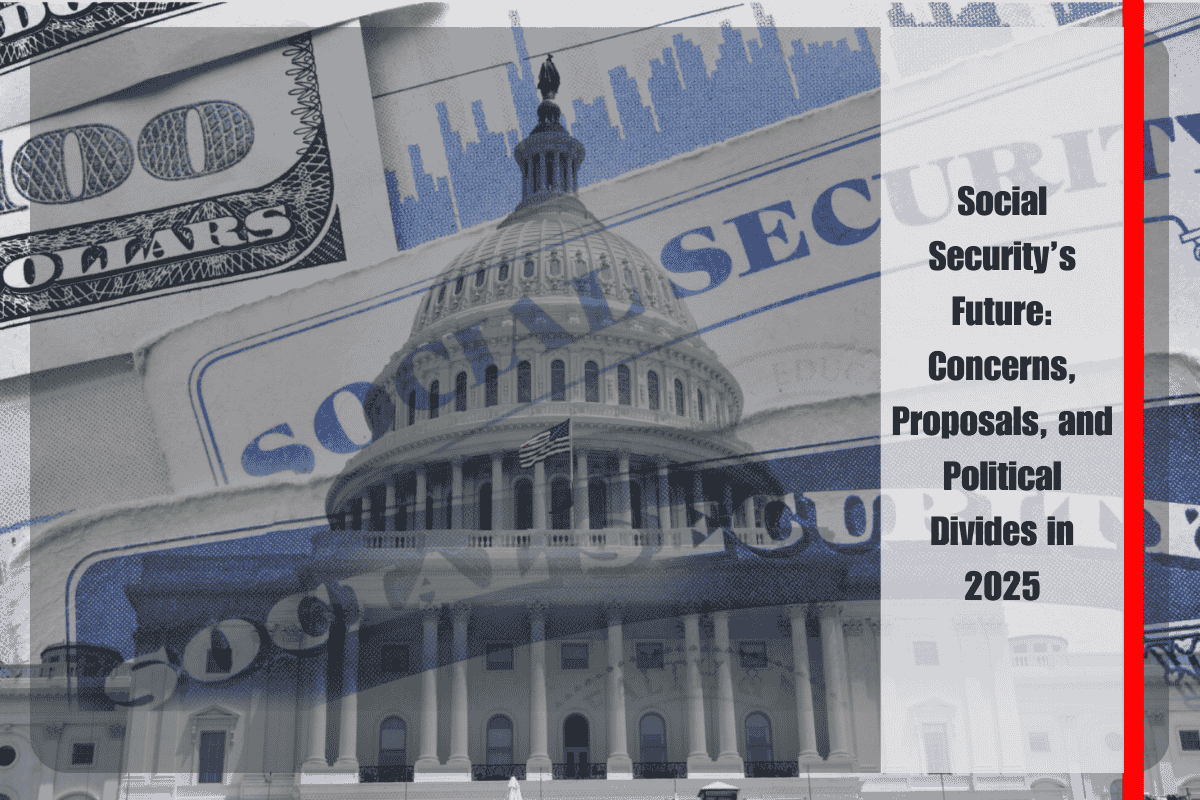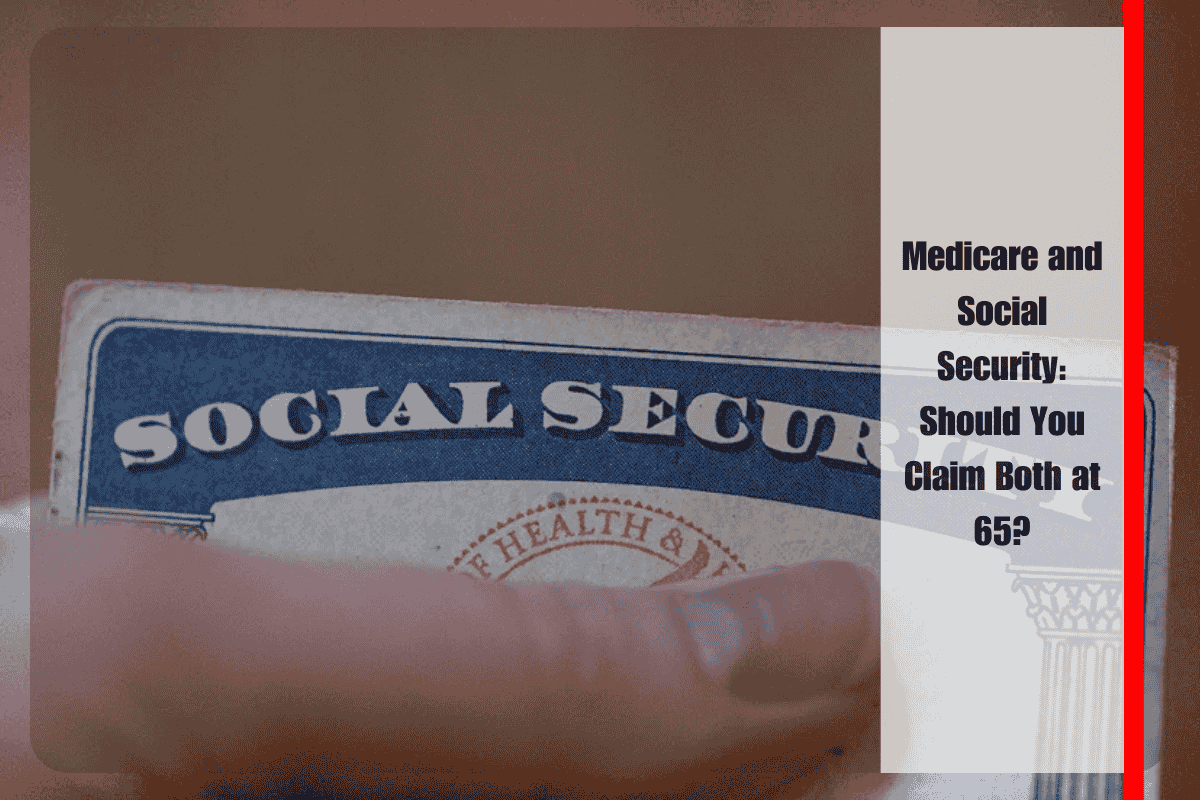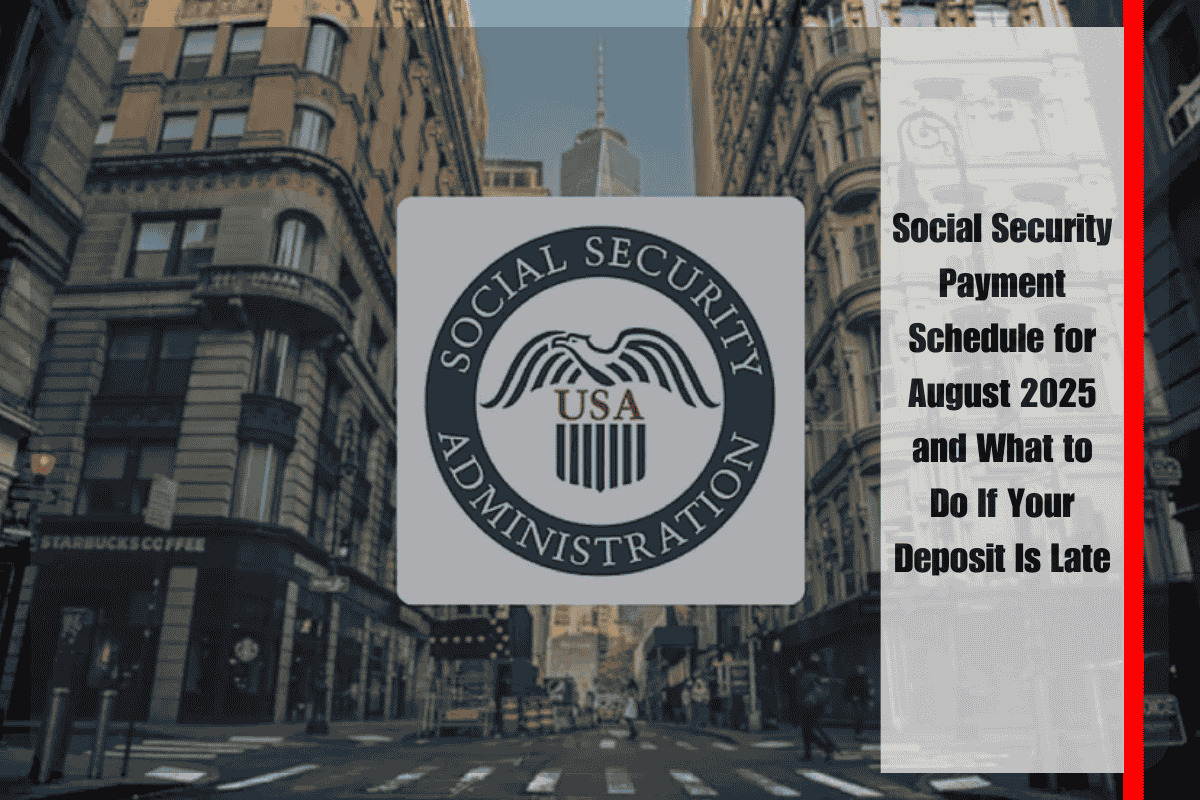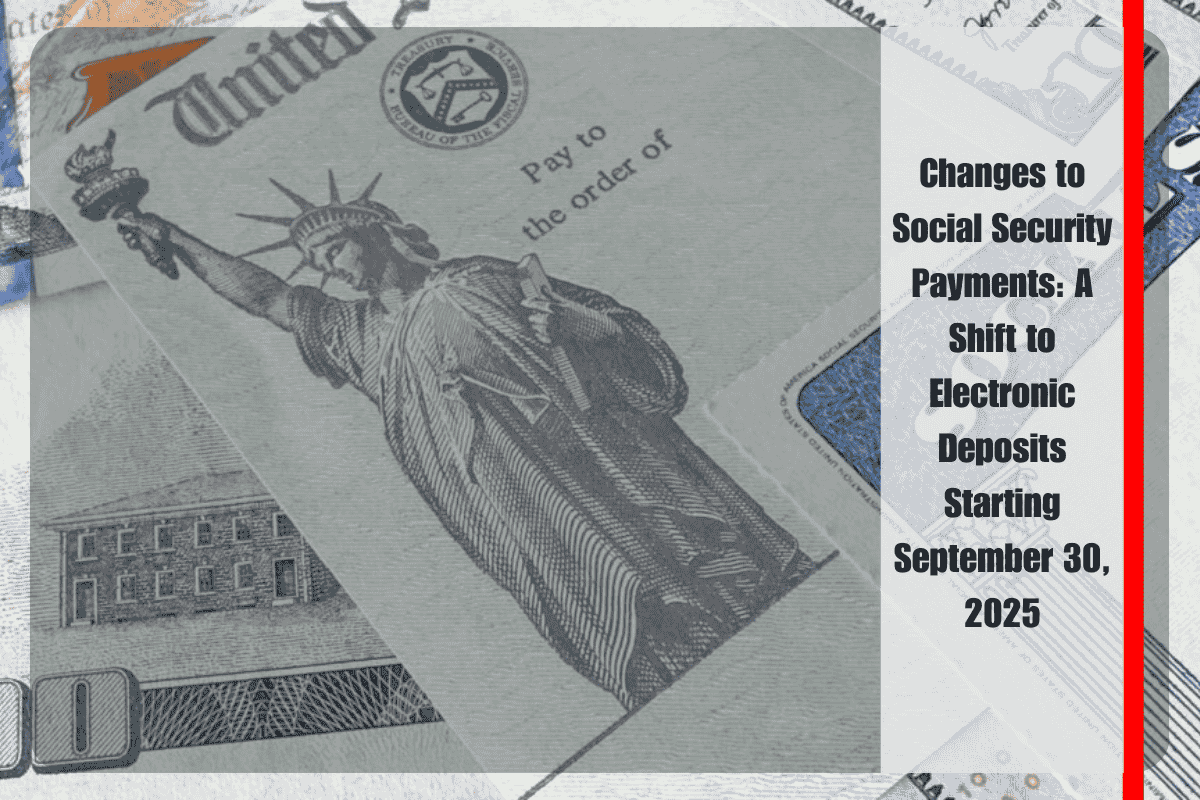A major change is on the way for how Social Security and other federal benefits are paid out. An executive order issued by President Donald Trump mandates the end of paper-based payments, with all federal benefit disbursements required to transition to digital formats by September 30, 2025. This move is set to impact millions of Americans, particularly those who still rely on traditional paper checks. While the majority of Social Security recipients already use direct deposit, this change could affect those who depend on paper checks.
Why the Shift to Digital Payments?
The executive order, titled “Modernizing Payments To and From America’s Bank Account”, was signed on March 25 and aims to streamline the payment process, reduce fraud, and modernize how the federal government distributes benefits. The order will require all federal payments to be made electronically using platforms such as direct deposit, debit or credit card transfers, digital wallets, and real-time payment services. This move is part of the broader effort to make federal payment systems more efficient and secure.
The shift is prompted by concerns about the increasing number of complaints related to mail theft, which have surged since the COVID-19 pandemic. Treasury-issued checks are 16 times more likely to be lost, stolen, returned undeliverable, or altered than electronic funds transfers (EFTs). The U.S. Treasury estimates that transitioning to digital payments will reduce delays, missed payments, and fraud, particularly for vulnerable populations like seniors and disabled individuals.
The Impact on Social Security Recipients
Though 99% of Social Security recipients already receive benefits electronically, around 500,000 Americans still rely on paper checks every month. This group may seem small, but it is made up of people who might not have easy access to the digital economy. Many of these individuals are elderly, disabled, or live in rural areas where banking services and internet connectivity are limited.
In fact, according to the Federal Deposit Insurance Corporation (FDIC), about 4.2% of U.S. households—roughly 5.6 million households—were unbanked in 2023. These individuals don’t have access to a bank account, which makes them more reliant on traditional check-based payments. The executive order’s push to end paper checks raises concerns about whether these individuals are prepared for the transition to fully digital financial systems.
Concerns About the Digital Transition
While the move toward digital payments is logical for efficiency and security, advocates worry that it could leave behind vulnerable groups who are not ready for a fully digital system. Seniors without smartphones or internet access, for example, may face difficulties setting up digital wallets or prepaid card systems without assistance. The change could be overwhelming for those who aren’t familiar with how to navigate the digital financial landscape.
The Social Security Administration’s Role in the Transition
Recognizing that not everyone has access to digital infrastructure, the Social Security Administration (SSA) is preparing to help affected recipients through this transition. The SSA plans to partner with banks, credit unions, and nonprofits to offer financial counseling and help set up direct deposits or debit accounts. The agency will also provide community outreach and educational resources to guide those affected by the transition.
Officials understand that the September 2025 deadline is fast approaching and are encouraging federal agencies to develop support systems to help those most in need. The SSA’s outreach efforts aim to ensure that vulnerable populations, including the elderly and those without digital access, are not left behind in this modernization effort.
The transition to digital payments for Social Security and other federal benefits is a significant shift aimed at increasing efficiency, reducing fraud, and modernizing federal disbursement processes. While most Social Security recipients already receive their benefits electronically, hundreds of thousands of individuals still rely on paper checks. As the September 2025 deadline approaches, the SSA and other federal agencies will work to assist those who may struggle with the digital transition, ensuring that no one is left behind as the U.S. moves to a more modern, secure payment system.
